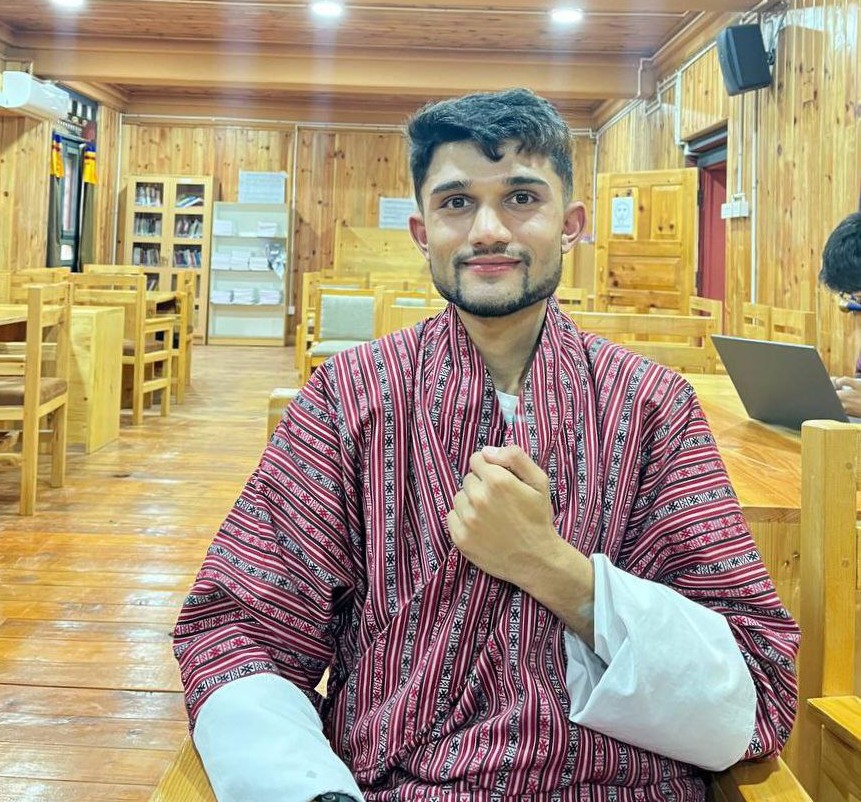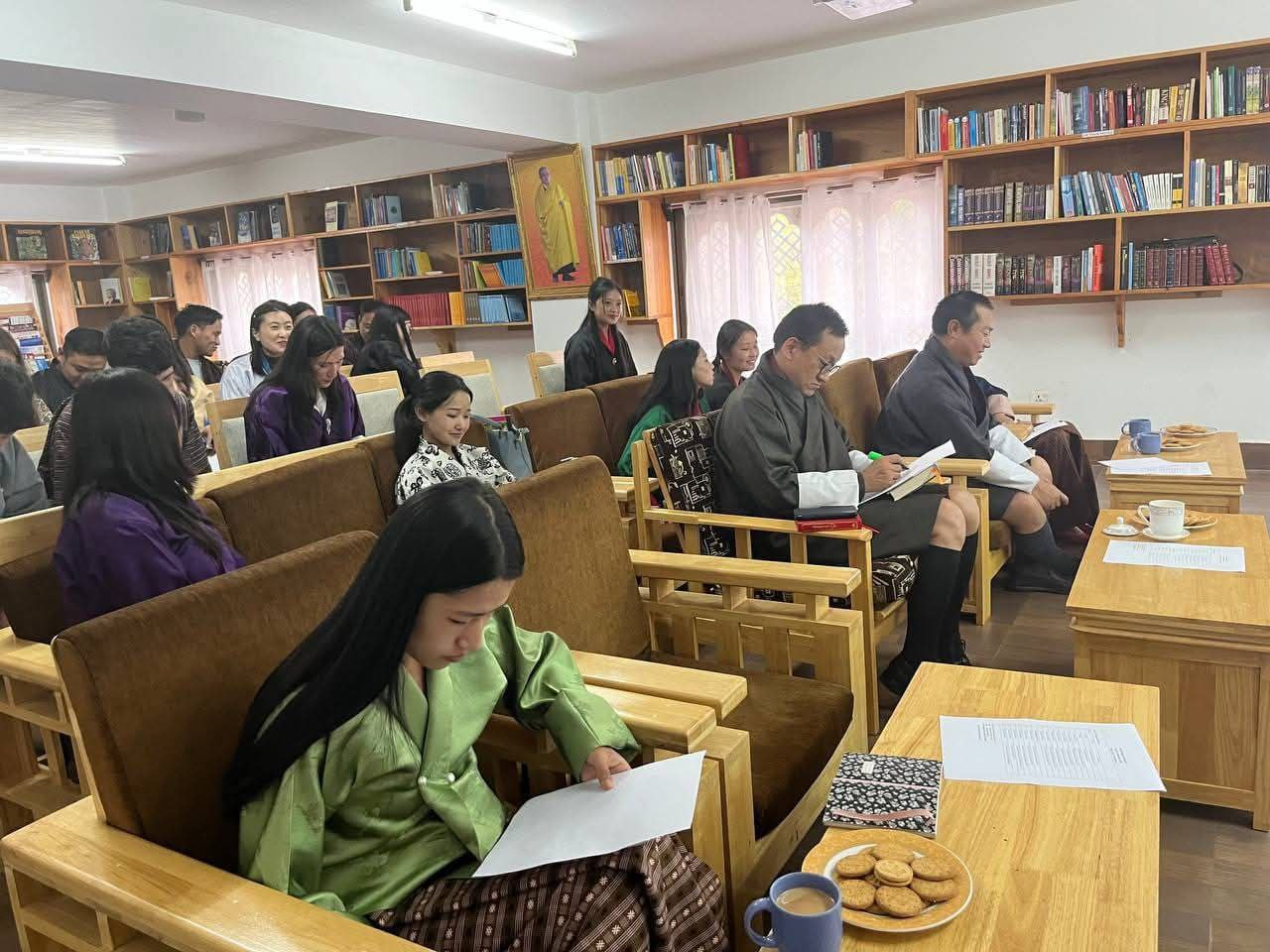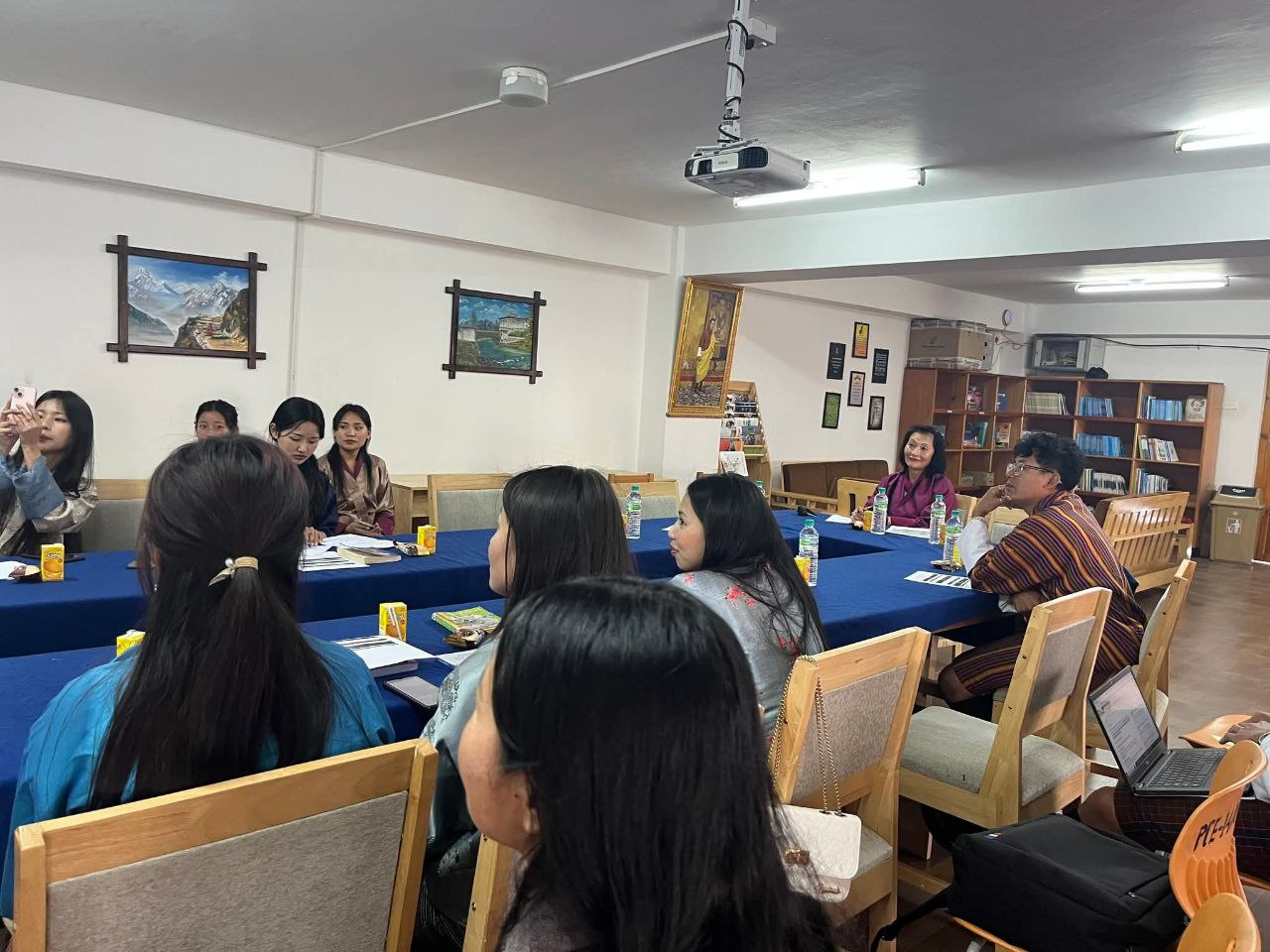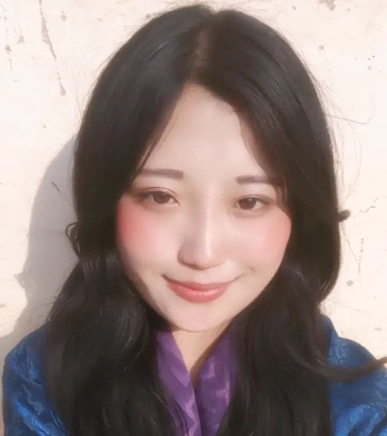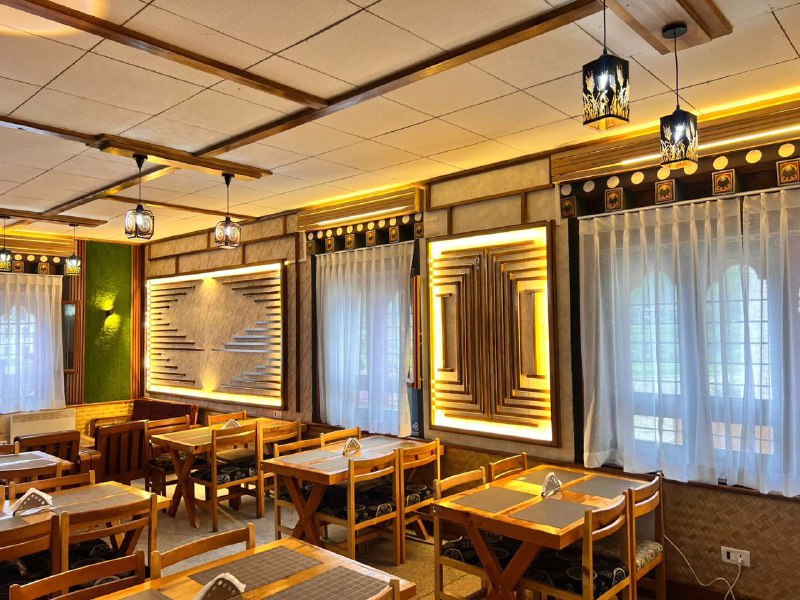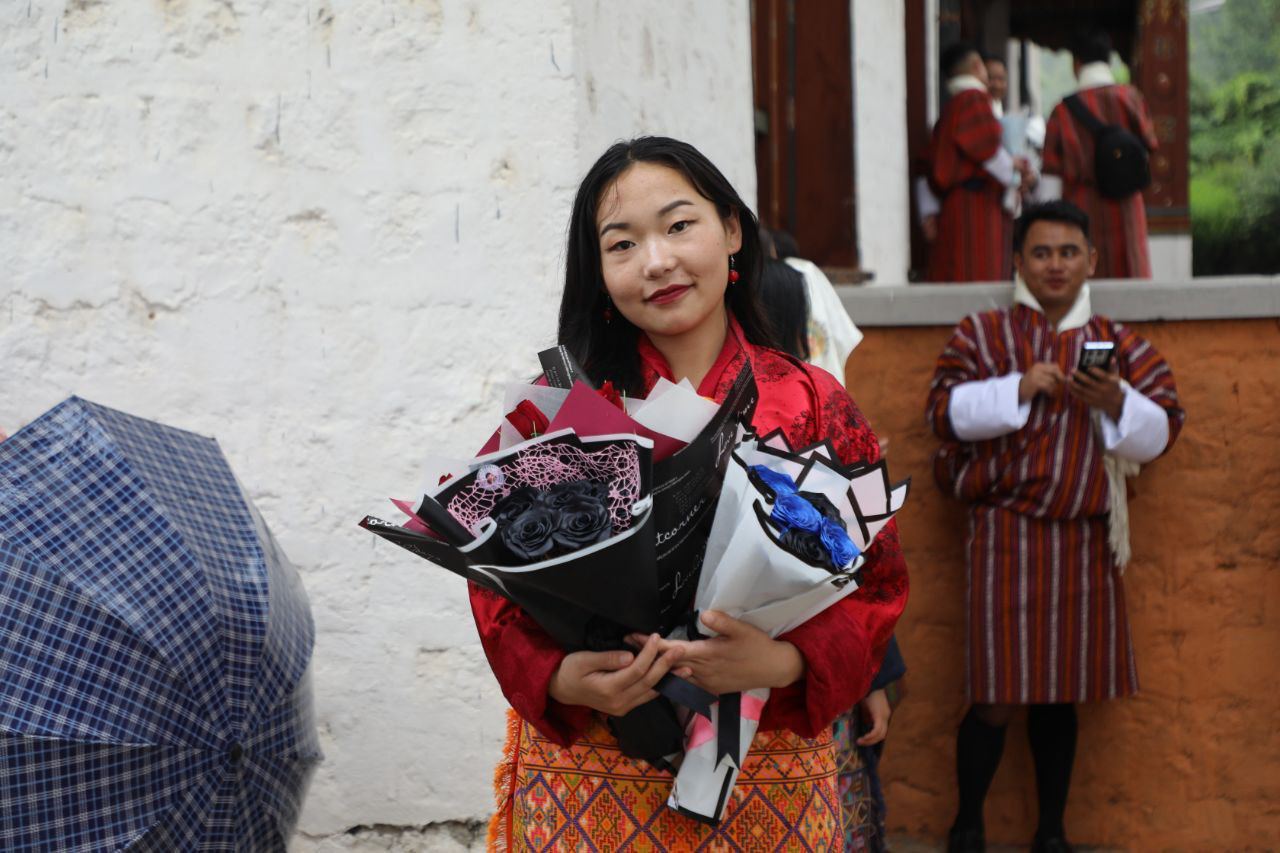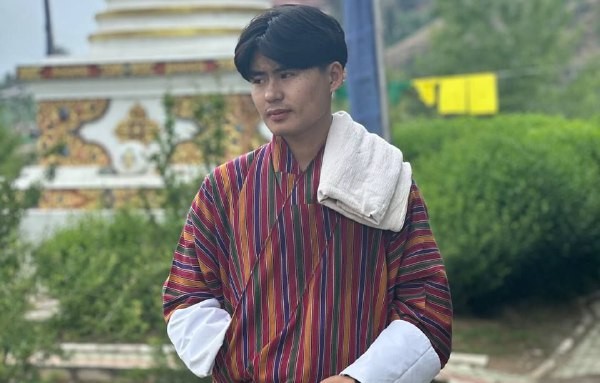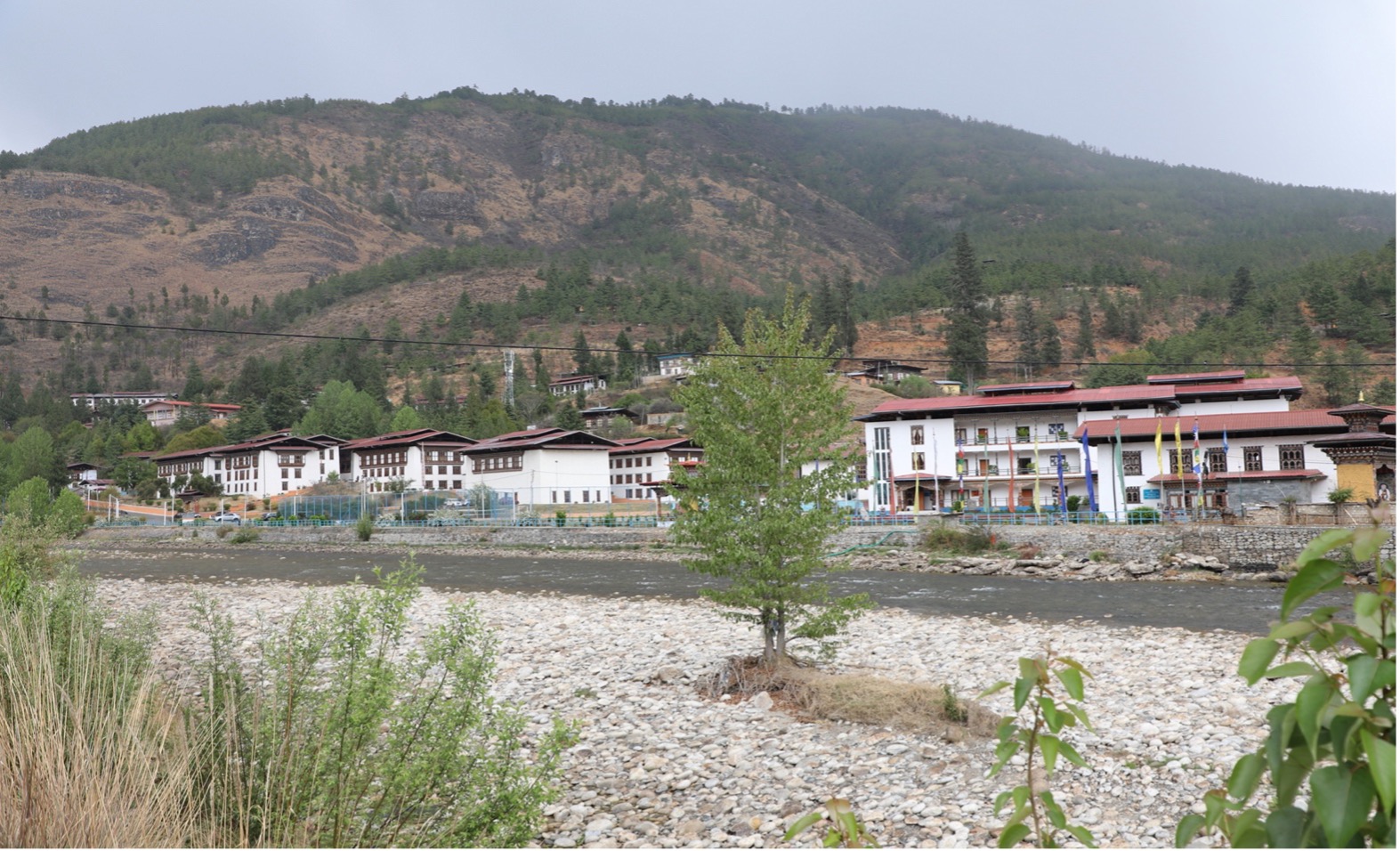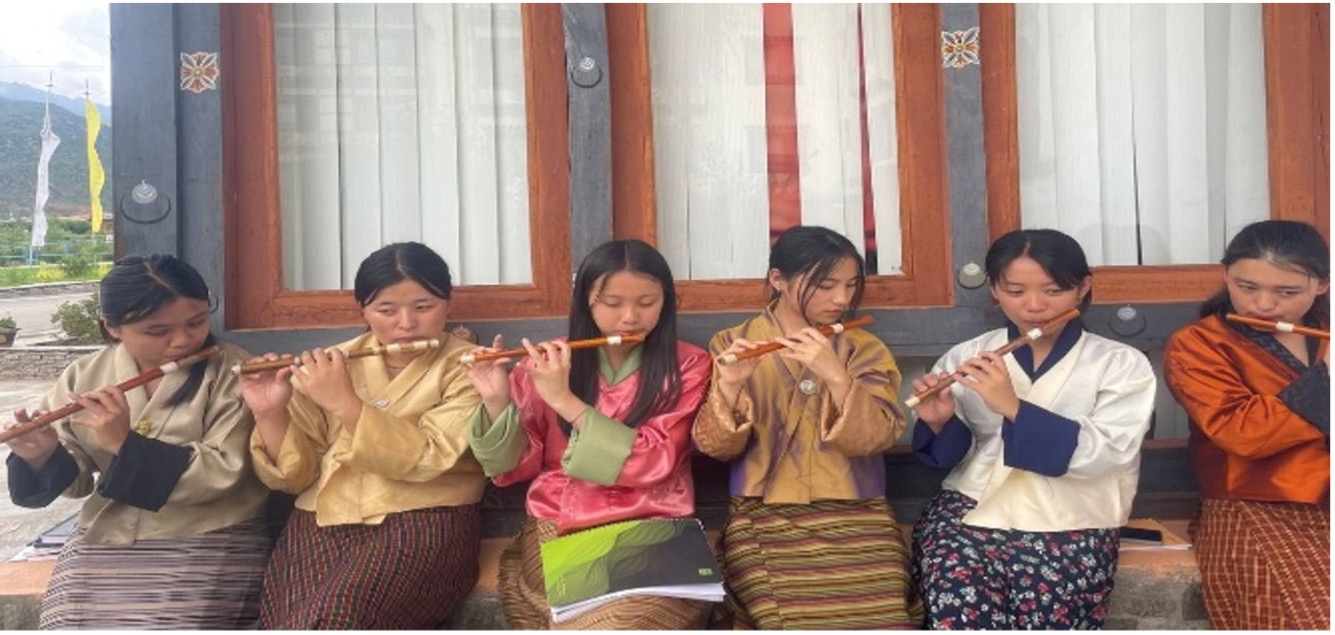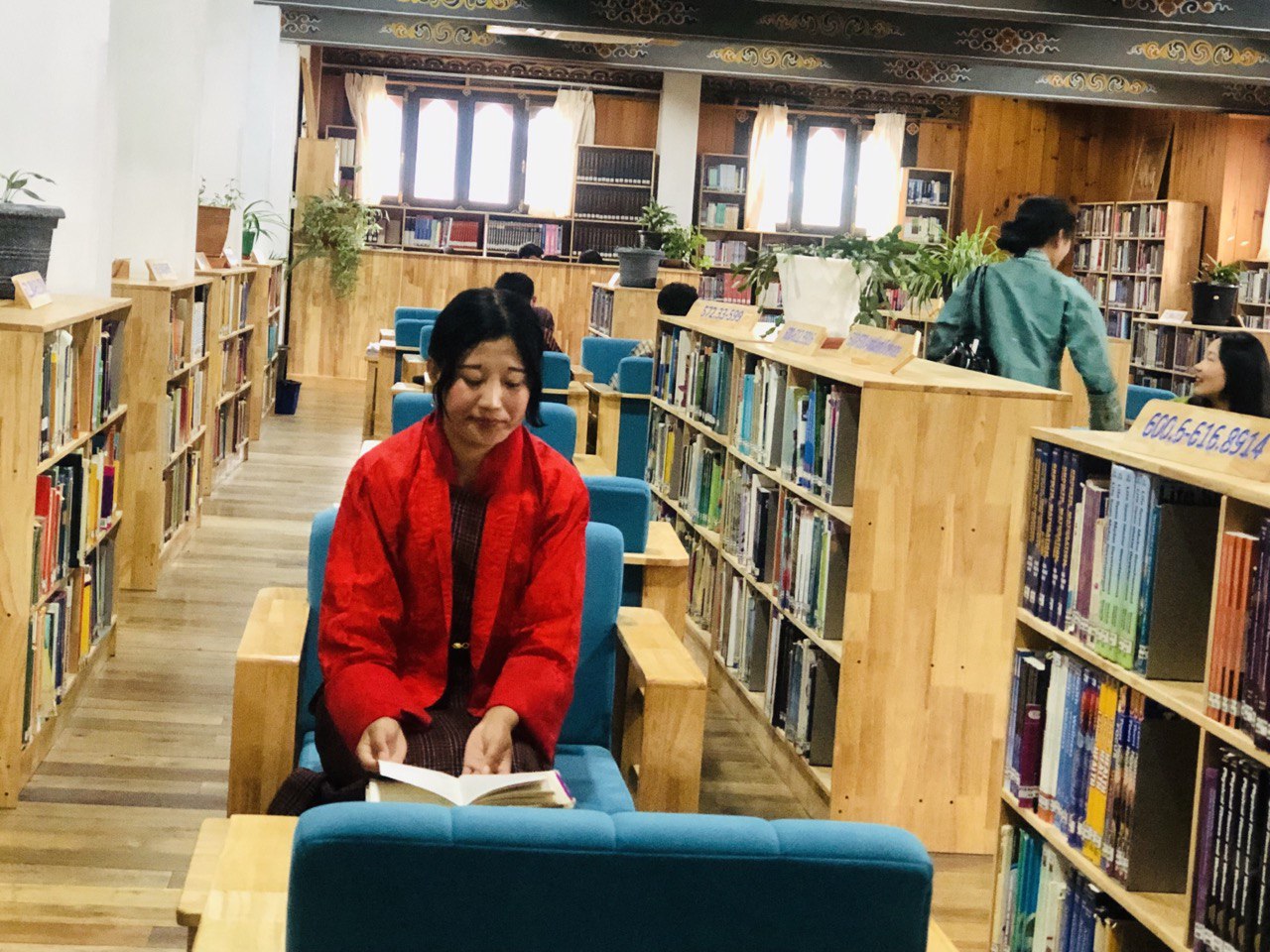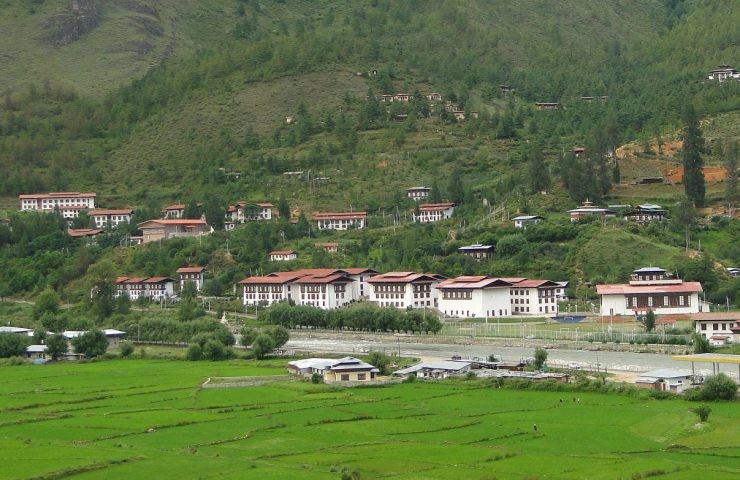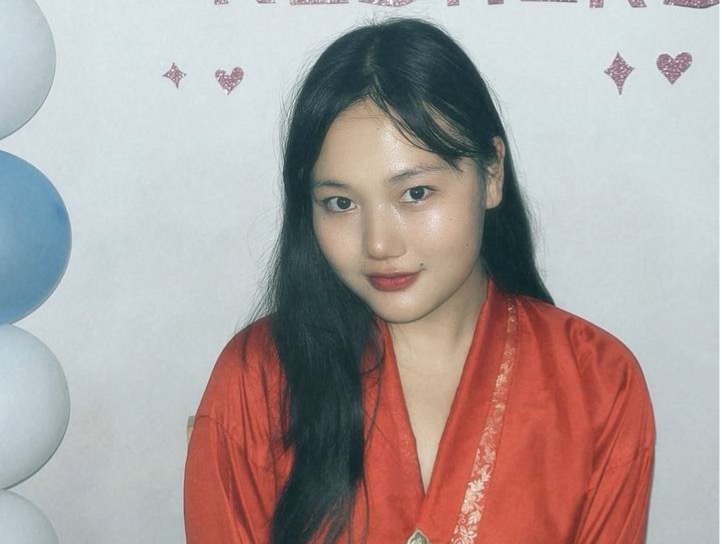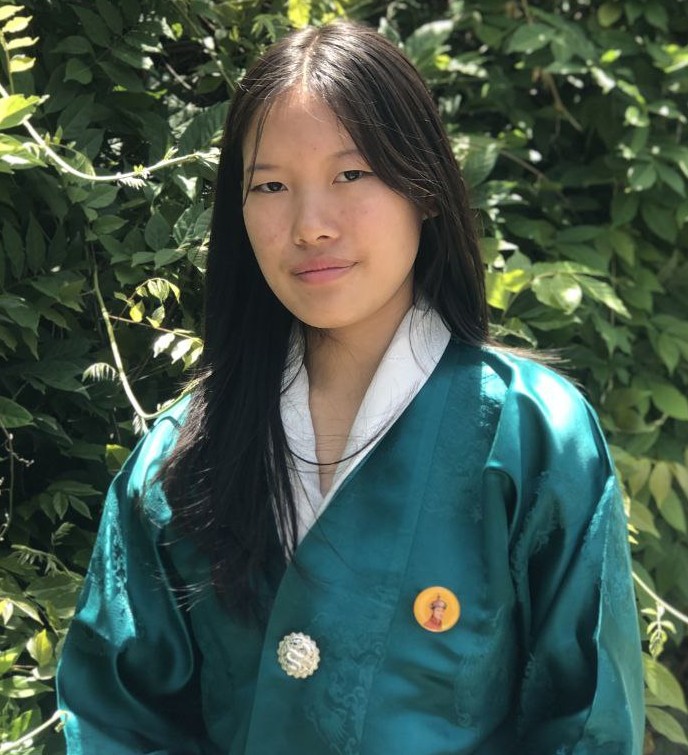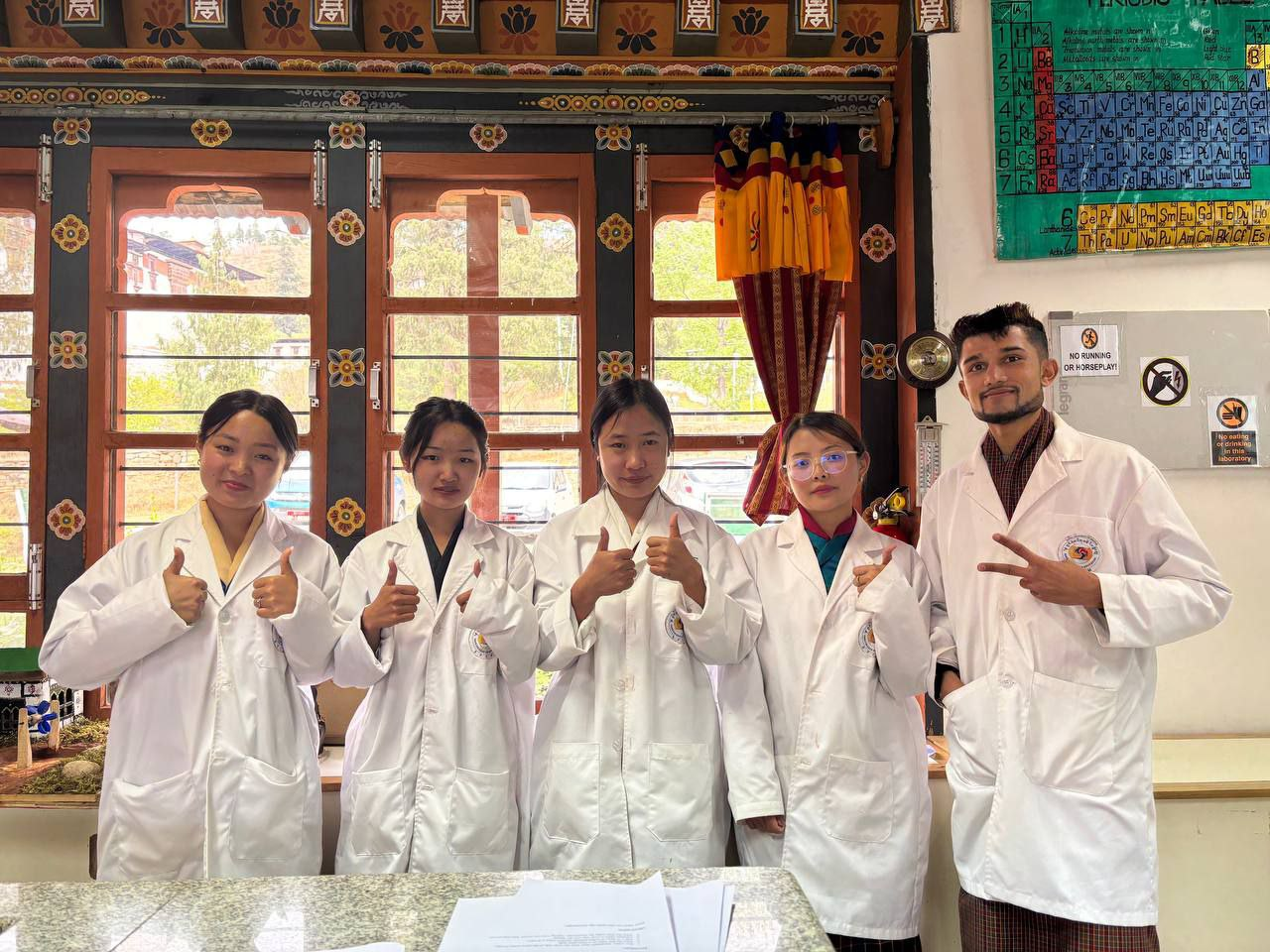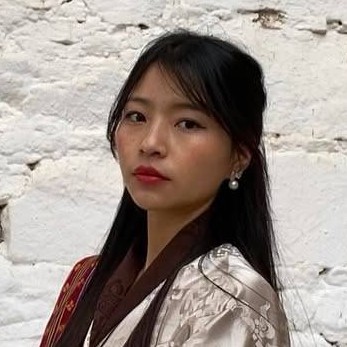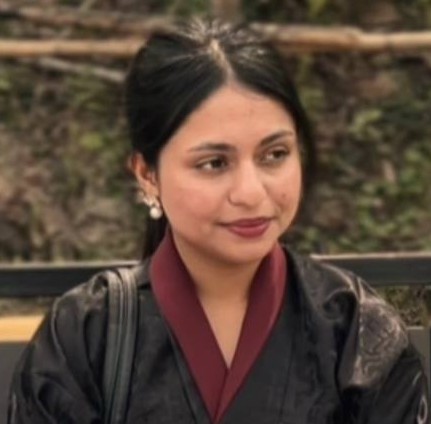
Ambeka Nepal
If the Walls of Paro College of Education Could Speak
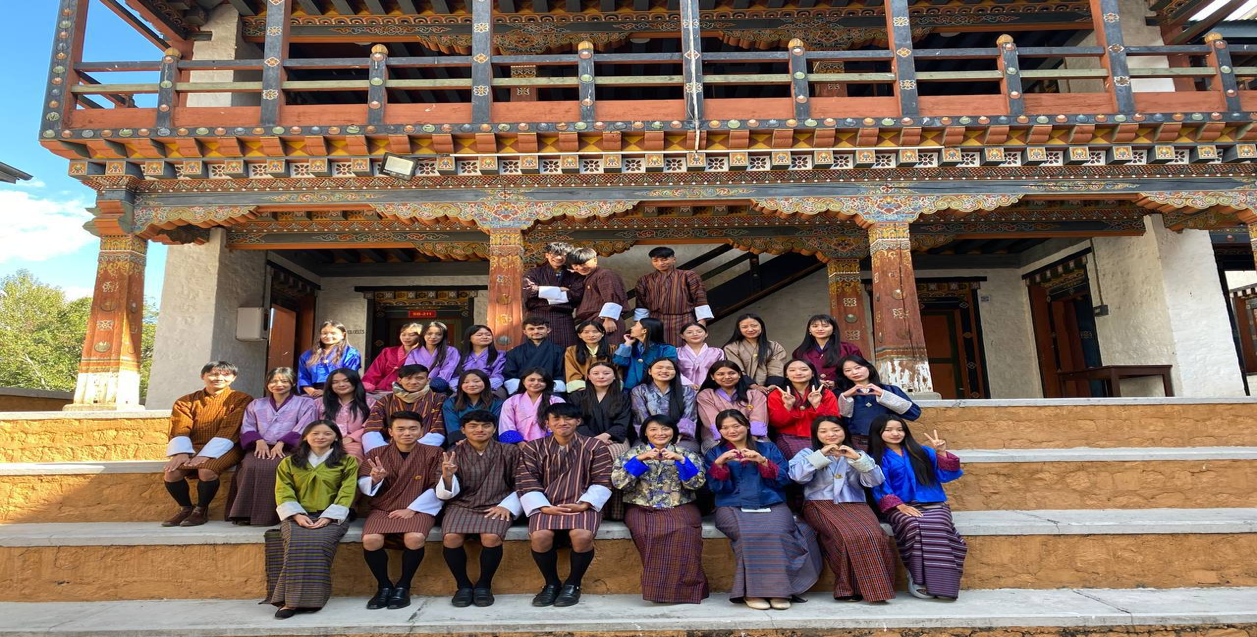
If the walls of this college could speak, they would share stories of growth, discovery, and joy—stories that you are about to become a part of. I came from a remote village, where life was simple and familiar. I had never seen much beyond the world I was born into. However, the moment I stepped into Paro College of Education, my horizons expanded. I met people from diverse backgrounds, heard languages I had only known by name, and realized that life is far broader and richer than I had imagined.
Friendships here are genuine and warm. Unlike high schools, we rarely quarrel or create unnecessary conflicts. As future teachers, we learn responsibility, kindness, and respect—not just from books, but from every interaction. We learn how to respect differences, nurture trust, and grow together, making every friendship meaningful and inspiring. The campus itself is a haven. Gardens bloom beautifully, the environment is clean and peaceful, and life moves without the constant ringing of bells. Freedom here is not a gift—it is earned through discipline, balance, and careful choices. Being a day scholar in the later years teaches independence. We learn to manage houses, handle daily chores, and balance studies with life—preparing us for the responsibilities we will face as teachers and beyond.
Learning at PCE goes far beyond textbooks. Before coming to Paro College of Education, I never truly understood how to handle children or guide young minds. I thought teaching was mostly about learning content, memorizing lessons, and delivering them. I have come to realize that being a teacher goes far beyond simply mastering content. Unlike in other colleges where the focus may be on subject knowledge alone, at PCE we are trained to teach in ways children can truly understand. We learn how to nurture their curiosity, while also managing diverse classrooms with care, patience, and respect. We study Child Psychology, learn to recognize different learning needs, and understand the importance of inclusivity. We see that every child’s opinion matters, that every child should feel valued, and that fairness and encouragement can make a lasting difference. Here, I have learned to embrace diversity, to remain free from bias, and to create a classroom where every student feels valued, heard, and inspired. These are lessons that extend far beyond textbooks and will continue to guide me throughout my journey as a teacher.
Music classes are another source of joy. Guided by our generous and patient professors, we explore different instruments – not to achieve perfection, but to develop skills we can later use creatively in our own classrooms, bringing learning to life for our future students. The professors here are truly remarkable; many are senior and wise, treating us with the warmth and care of grandparents. Their words of wisdom, guidance, and advice leave a lasting impression, shaping not only how we see ourselves but also how we view the world. I never imagined that college life could be so enriching, supportive, and filled with such meaningful mentorship.
Dear future students, when you step into this world with an open heart, cherish every lesson, every friendship, every challenge, and respect everyone. Here, you will not only learn to teach but also live with compassion, creativity, and wisdom. You will discover how to live as a good human being, shaping lives while shaping yourselves.
You will never regret joining Paro College of Education because this college offers one of the most beautiful environments you will ever experience, where you learn, grow, and even heal in ways you never imagined. Embrace this journey fully, for it will transform you, inspire you, and prepare you to be the teachers, and the people, you are meant to become.
With warmth and encouragement,
A Third-Year Student of Paro College of Education

